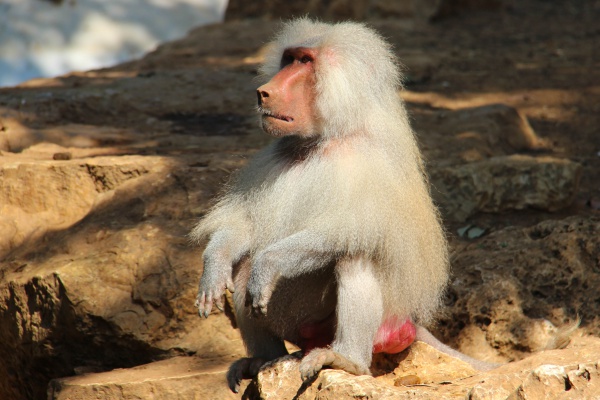Facts About Baboon
The hamadryas baboon, a captivating species of Old World monkey, inhabits the Horn of Africa and the Arabian Peninsula. As the northernmost species of baboon, it enjoys a relatively predator-free environment compared to its counterparts in central or southern Africa. Notably, in ancient Egyptian religion, the hamadryas baboon was venerated as a sacred animal.
In terms of physical appearance, male hamadryas baboons are considerably larger than females and exhibit distinct variations in coat color. These baboons thrive in semidesert areas, savannas, and rocky regions, adapting their diet to the seasonal availability of food. Their social structure is remarkably intricate, organized into four tiers: harems, clans, bands, and troops.
Life in a hamadryas baboon society is strictly patriarchal. Males assert control over females, often employing aggressive behaviors to maintain their dominance. Despite male dominance, females maintain strong bonds with their female relatives. Reproduction in these baboons is not tied to a specific season, with dominant males typically securing the most mating opportunities.
The cultural significance of the hamadryas baboon is evident in ancient Egyptian art and mythology, where they were frequently depicted as sacred beings. However, in contemporary times, these baboons face threats from habitat loss due to human activities. Although the species is currently listed as "least concern" by the IUCN, specific local populations are at risk due to ongoing habitat destruction.

 Eritrea
Eritrea